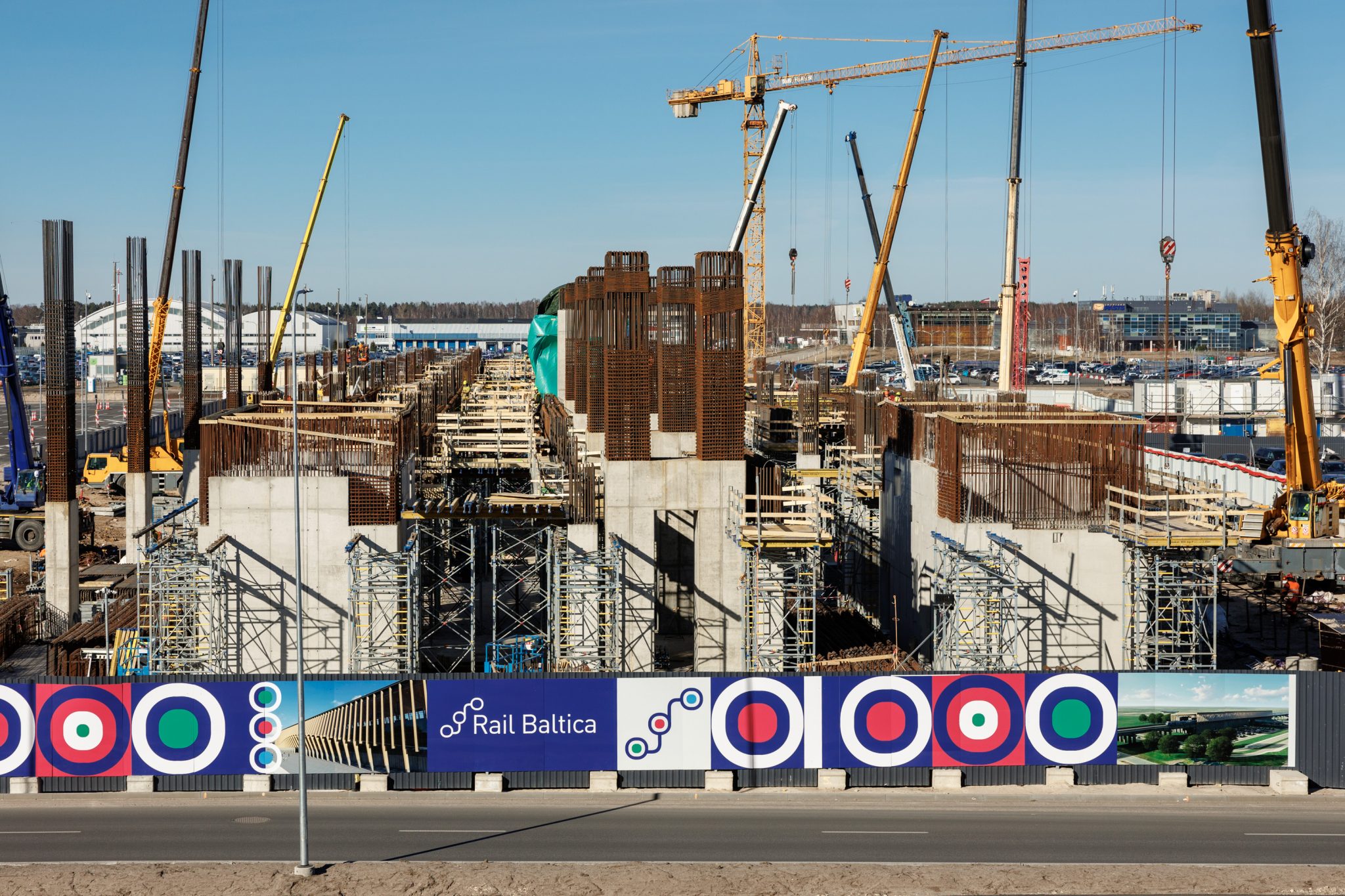
Rail Baltica PPP model variant continues to be further analysed as a method to accelerate the project’s development and lessen the burden on state budgets.
This approach is particularly timely, as it follows the successful funding allocation to the Porto – Lisbon high-speed rail project, which received EUR 813 million from the Connecting Europe Facility (CEF), the highest amount awarded to any project in this funding round. This slightly exceeds the amount awarded to the second-place Rail Baltica.
“Our team is currently assessing which sections of the Rail Baltica project would be most suitable for a PPP approach, ensuring that we maximise the benefits of private sector involvement while delivering on our strategic objectives. Preliminary discussions with potential private investors and financiers have yielded encouraging results, with strong interest in participation. This, coupled with public support from governments, indicates the potential viability of a PPP strategy for Rail Baltica,” Pēteris Celms, Investment Development Manager in RB Rail, said.
The Porto – Lisbon HSR project serves as a significant precedent for Rail Baltica, demonstrating the viability of combining CEF funding with a PPP structure to address financing gaps in large-scale rail initiatives. In addition to the Porto-Lisbon project, several other notable European high-speed rail projects have successfully employed the PPP model, including the Lyon – Turin high-speed rail project, which aims to create a new rail link between France and Italy.
Its PPP structure has attracted significant private investment, enabling a more efficient development process. Another relevant case study is the Brenner Base Tunnel.
This ambitious project, which will connect Austria and Italy, is designed to significantly improve freight and passenger transport across the Alps. By utilising a PPP approach, the Brenner Base Tunnel has garnered financial backing from both public and private sectors, further demonstrating that cross-border PPP projects have backing from the European Union and can be possible under the right regulatory framework.
The Rail Baltica PPP model if implemented, it would not only reflect a growing trend in European infrastructure development but also underscores our commitment to completing this economically and militarily significant initiative. By fostering collaboration between public entities and private investors, Rail Baltica aims to harness innovative financing solutions that can drive the project forward while minimizing financial risks.
However, implementing PPPs of this scale in the Baltics presents unique challenges that must be addressed, including adapting more unified regulatory environments with respect to complex PPP structures, carefully balancing risk distribution between public and private sectors, ensuring long-term political commitments and delivering on the attraction of international financiers, to name a few. Initial meetings with significant international participants, including a major French bank and French and Japanese infrastructure developers and others who have shown interest in the project, have already taken place.
In the latest CEF call, the Rail Baltica global project was granted an additional EUR 1.2 billion for construction activities across the three Baltic States and EUR 346 million specifically for activities in Latvia. Together with previously granted financing, this brings the total to over EUR 4 billion for the construction of Rail Baltica across the Baltics.
The project is expected to generate direct net benefits worth EUR 6.6 billion and boost GDP growth by 0.5% to 0.7%, adding between EUR 15.5 billion and EUR 23.5 billion in indirect benefits to the economies of Estonia, Latvia, and Lithuania during the project’s lifecycle. The costs for the first phase of Rail Baltica, which is planned to be completed by 2030, are projected at EUR 15.3 billion.
Share on:



